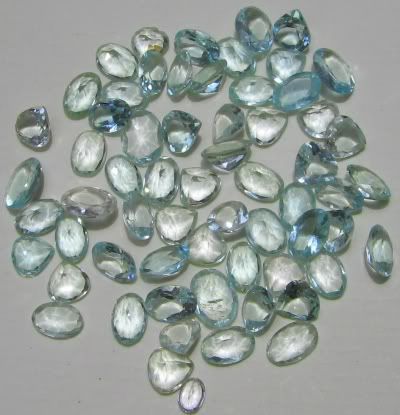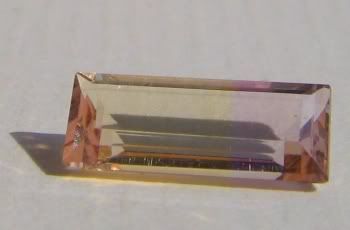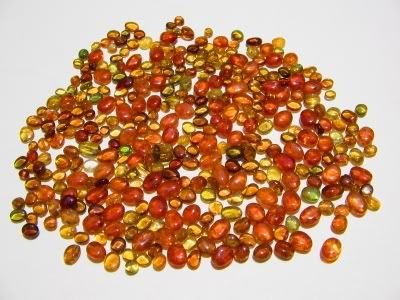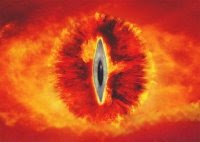 Untreated Aquamarine, 25 ct. lotAquamarine
Untreated Aquamarine, 25 ct. lotAquamarine (from Latin
Aqua=water,
mare=marine or sea) is a transparent variety of beryl, having a clear-blue sea-water colour. This sea-blue colour is because of the presence of iron in the gemstone. Often free from inclusions, aquamarine is often found as large crystals or pebbles. Most aquamarine sold in the market is heat-treated to enhance its colour and remove tinges of yellow and brown. The colour change is permanent and is generally regarded as acceptable practice in the jewellery trade.
Lore:
- Aquamarine is the birthstone for March.
- In the Middle Ages, people thought that aquamarine could cure the effects of poison.
- In ancient times, sailors traveled with aquamarine crystals, believing that it would ensure a safe voyage.
Occurrence:
Aquamarine is usually found in most places that yield ordinary beryl. Much of aquamarine used in jewellery comes from Brazil (particularly Minas Garais). Other locations include Afghanistan, Pakistan, Madagascar, Mozambique, Nigeria, Sri Lanka, Zambia, Tanzania, and Kenya.
Facts:
Chemical formula:

Crystal system: Hexagonal
Hardness on the Moh's scale: 7.5 to 8








